Laburity’s Director Featured in SafetyDetectives Interview
We are excited to share that Hassan Khan Yusufzai, Director at Laburity, was recently featured in an interview with SafetyDetectives. In the discussion, Hassan talked...
Elevate your security with our signature secure code audit. ensuring proactive self-hacking to thwart potential exploits before they happen.
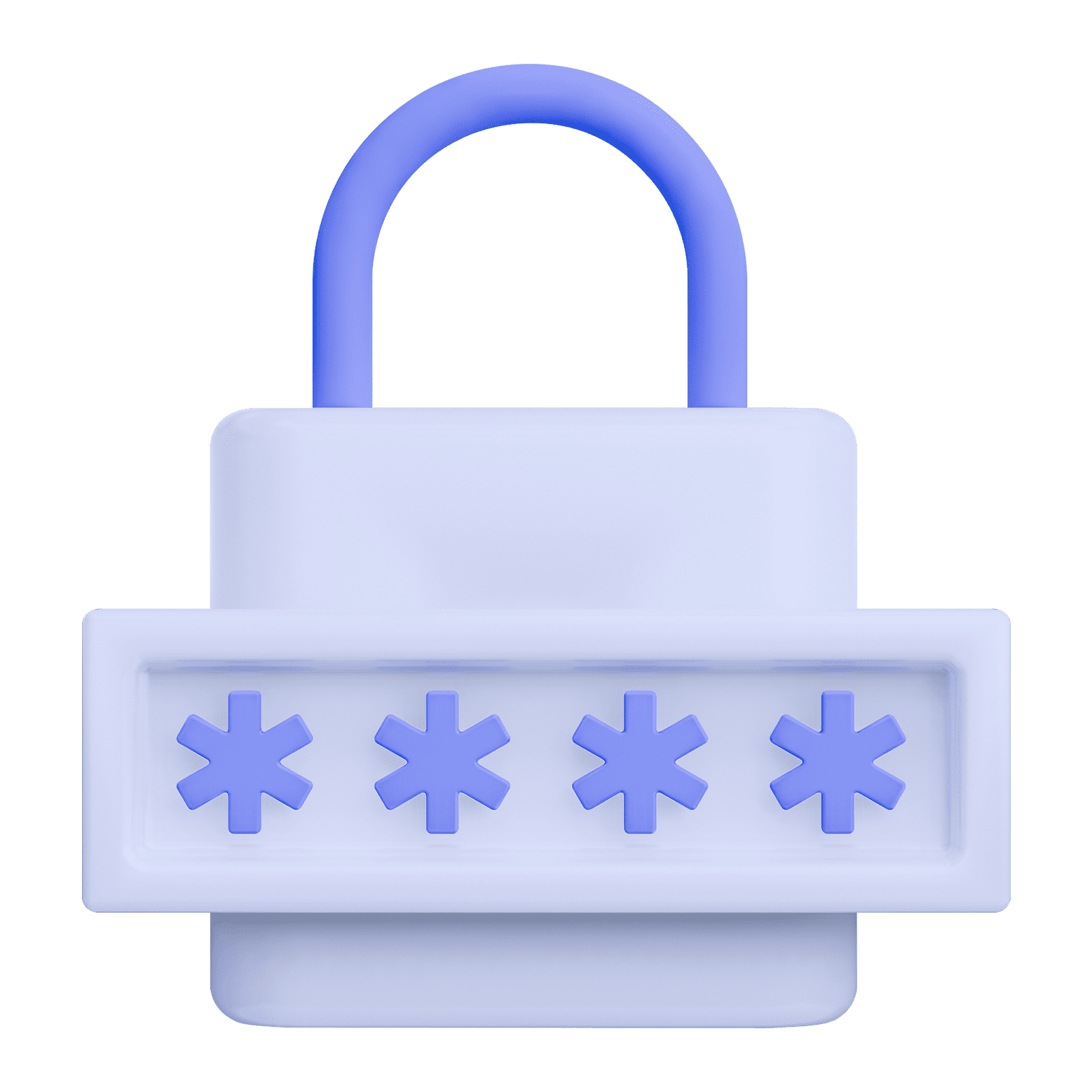
Our commitment to delivering robust and secure software solutions drives us to propose a comprehensive code analysis and assessment methodology. Recognizing the significance of secure code in preventing vulnerabilities and ensuring the integrity of applications, this proposal outlines a systematic approach that blends automated code scanning with manual code reviews.

Laburity adopts an impact-driven security assessment methodology, concentrating on crucial issues for your online security. By minimizing noise and maximizing value, our focus is on identifying and reporting vulnerabilities that matter most, effectively safeguarding your business.
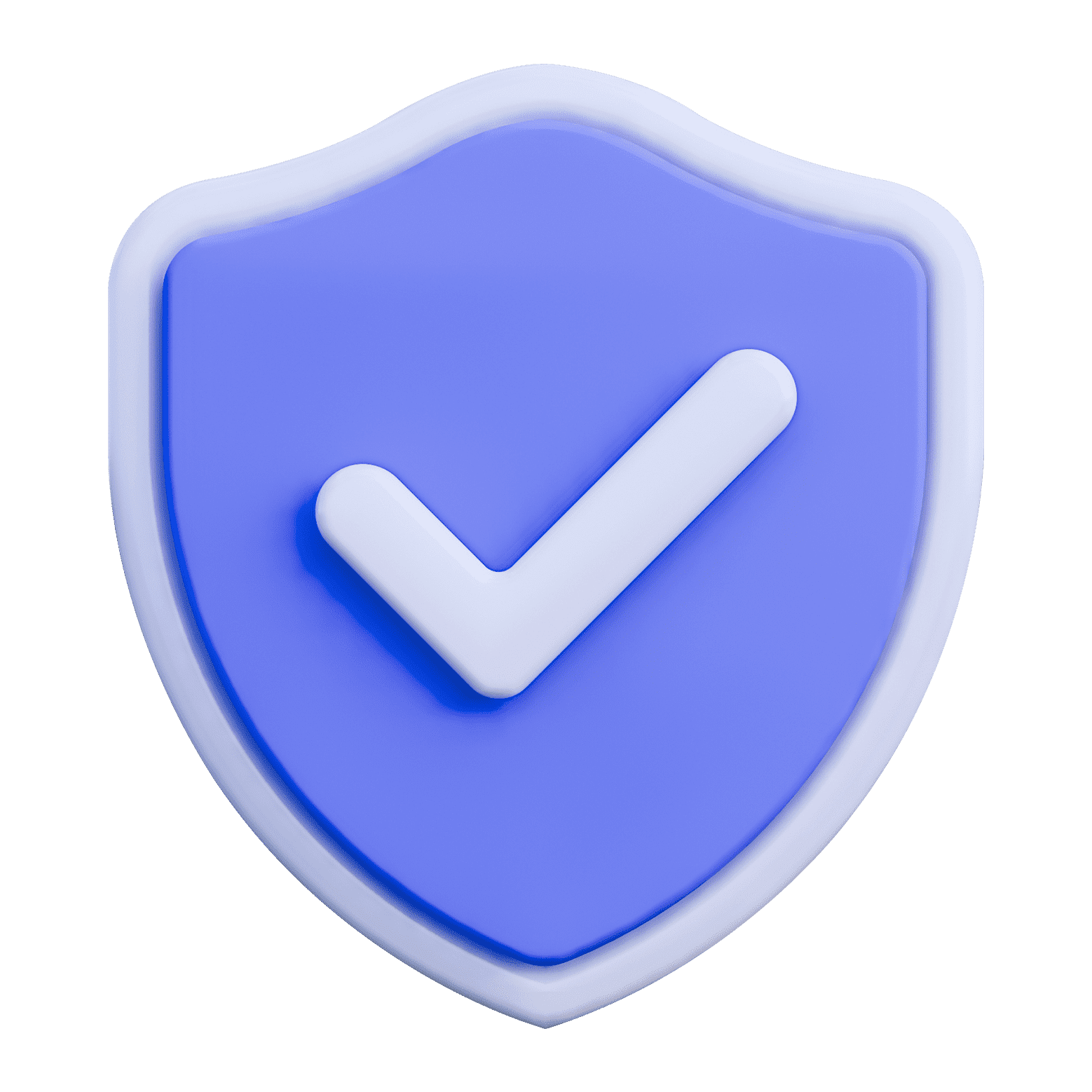
Laburity provides highly competitive pricing in the market, offering top-quality security services at budget-friendly rates. This ensures that you not only receive exceptional value for your investment but also benefit from robust security measures tailored to your needs.

Laburity goes beyond identifying vulnerabilities; we provide hands-on support to help mitigate them effectively. Benefit from our complimentary consultations designed to enhance your security posture and ensure robust defenses, empowering your organization to stay resilient against evolving threats.

Laburity's advanced methodology goes beyond traditional bug classes, dedicating time to deeply understand and engage with your systems. This approach uncovers hidden vulnerabilities missed by conventional methods, delivering thorough testing that elevates your organization’s security beyond standard practices.
Our Automated Code Security Audit uses advanced tools to scan and analyze code for vulnerabilities, ensuring rapid detection of potential issues. This process runs checks for known security flaws and coding misconfigurations to give your development team clear guidance on immediate fixes. It covers everything from dependency vulnerabilities to configuration weaknesses, providing a thorough assessment with minimal manual intervention. Automated audits help identify vulnerabilities early, reducing the risk of costly fixes later. Our goal is to enhance your code’s resilience and maintain secure development standards without interrupting your workflow.
Our Manual Code Security Audit involves hands-on inspection by seasoned security experts who analyze code in-depth for complex vulnerabilities and logic flaws that automated tools may miss. This audit covers architectural, business logic, and contextual issues, focusing on specific risks to your application’s unique setup. With a keen eye for subtle security risks, our experts validate security controls and provide detailed insights on hard-to-detect flaws. This process ensures a comprehensive understanding of your application’s security posture, going beyond automated scans to ensure your code is genuinely secure.
Our cyber security team is certified and affiliated with well-known and industry-recognized certifications and organizations.

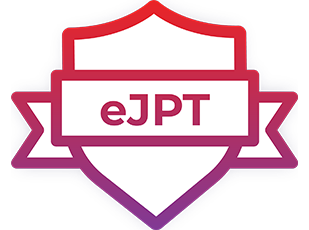



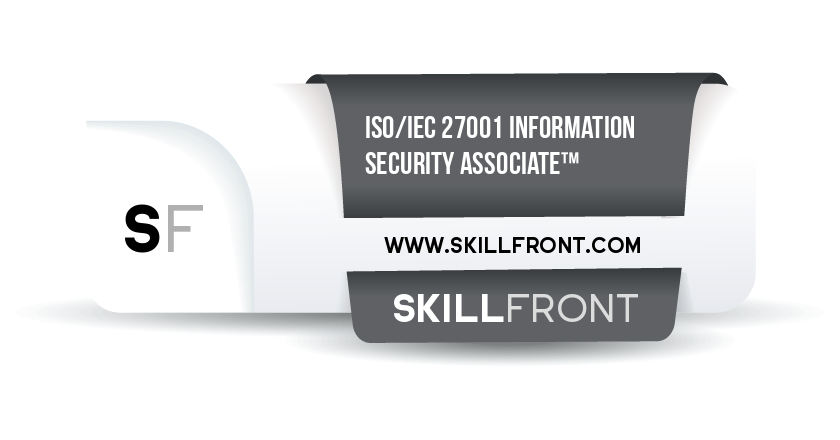



Be confident with these word of mouth for our talented team members.

Security Engineer, iddink group
"We have been Running vulnerability disclosure program for a long time, no one was able to get into that asset, very sneaking finding"

CTO, Passport Global
"Laburity conducted penetration testing and security assessments for our company, Passport, and we couldn't be happier with their services. Their team provided comprehensive assessments and delivered top-notch security consultancy. They went above and beyond, showcasing remarkable expertise and not just relying on automation tools. We highly recommend Laburity for any security needs."

Security Operations Engineer, Walmart
"I received the exploit you handled. I found it to be a great find and very well documented exploit. Thank you very much for that."

CTO, Replique
We engaged Laburity for a cybersecurity consultancy and penetration testing, and we couldn't be more impressed with the experience. The service was top-notch, delivered with remarkable speed, and exceeded our expectations. What stood out was the blend of automation with deep expertise—they didn't just rely on tools but deployed senior resources who brought incredible insight to our project. Laburity's approach was thorough, professional, and truly elevated our security posture. Highly recommended!

Confidential
"Laburity has done a complete penetration test and vulnerability assessments and after that they fixed the security loopholes as well. Their work ethics is really impresive also their dedication to timeline. They explain in details whatever i ask or I need an explanation. Their reports and commitment to the Job would let me to look forward to work with them in the future."

Confidential
"It was great working experience with them through project duration. I highly recommend them for next projects too. Thanks for your great efforts and looking forward to work more in future."
Our team has spoken and moderated at different events and conferences. We have also been invited as trainers at few occasions. Some of those events are the following.
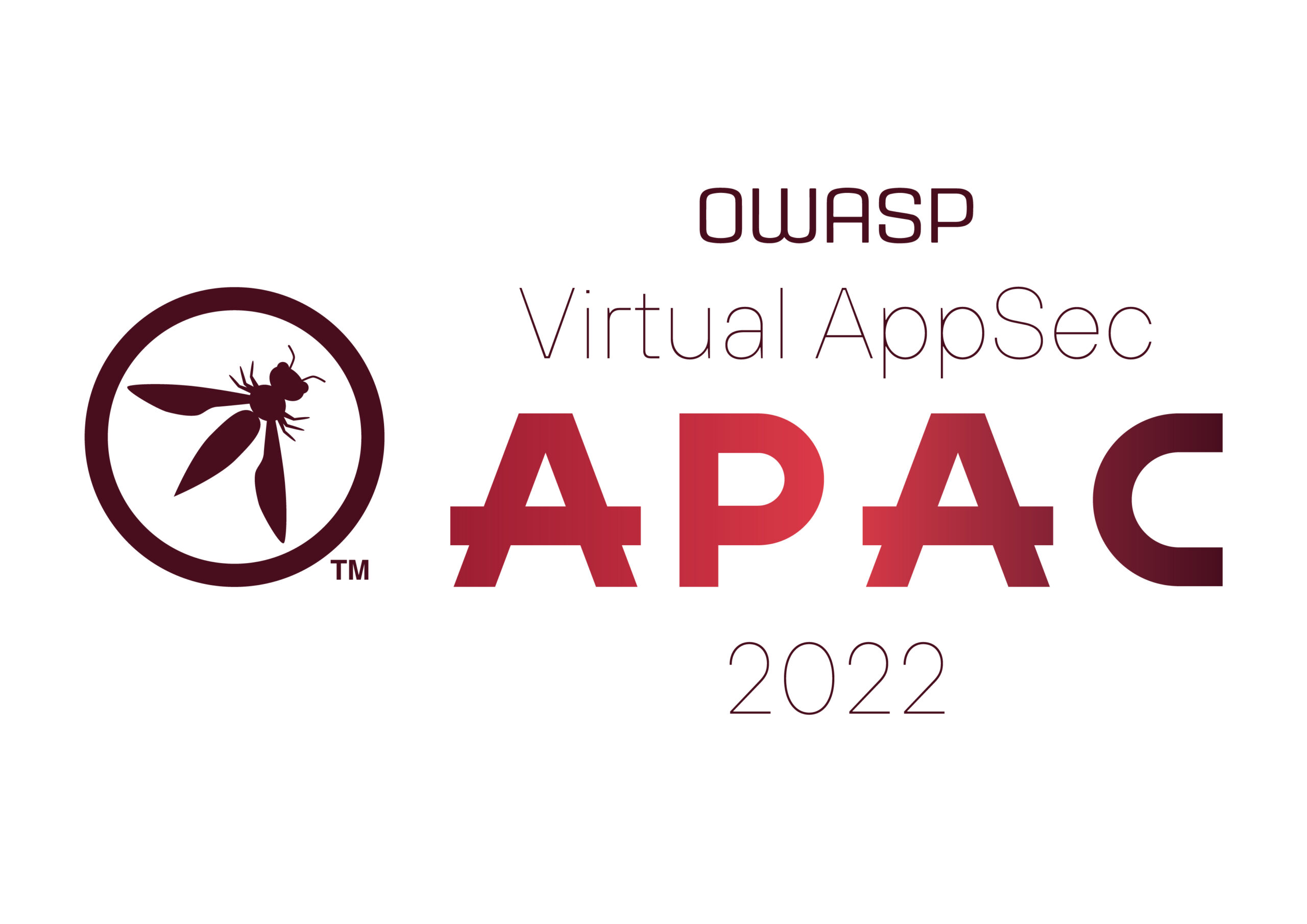

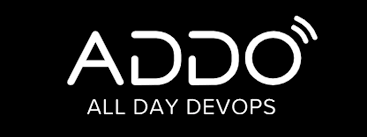






Our team members has helped 100s of companies when it comes to reporting vulnerabilities under responsible disclosure and got recognized by them, some of those companies are following:

















We are excited to share that Hassan Khan Yusufzai, Director at Laburity, was recently featured in an interview with SafetyDetectives. In the discussion, Hassan talked...
Introduction: Cybersecurity has to be a major concern for businesses in light of the growing cyber threats...
APIs (Application Programming Interfaces) are essential tools that allow different software systems to communicate with each other....
There’s a Web application vulnerability called HTTP Request Smuggling that lets attackers sneak harmful requests into a...